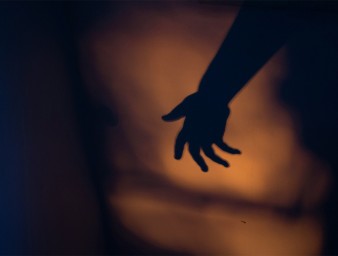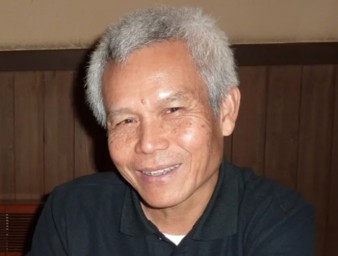Healing torture survivors: “The heart is where pain resonates the most”
27 March 2024

Riyad Avlar spent more than 20 years in Syrian detention centres, where he endured torture and sexual violence. It was only after he was released from prison that he discovered that theatre could help him and other torture survivors heal their deep, invisible wounds.
“I never imagined that one day I would get on a stage, but when I did I felt for the first time a big healing,” said Avlar, who heads a survivor-led organization in Türkiye for former detainees of the notorious Sednaya prison in Syria. “I began talking onstage about what happened to me and to other friends. The world could hear my voice and the voice of my friends.”
Avlar was one of speakers of a recent workshop organized by the U.N. Voluntary Fund for Victims of Torture, which focused on mental health. The workshop brought together civil society groups from different regions of the world, who shared good practices of mental health services that promote and protect the human rights of torture survivors and families.
For survivors of torture, mental health consequences are not always apparent and can last a lifetime. Anxiety, depression and post-traumatic stress can hinder the lives and livelihoods of survivors and their families, affecting their reintegration into the community. The Fund provides holistic rehabilitation services for survivors and their families, including psychological, medical, social, legal and humanitarian aid.
When Avlar regained his freedom, he had to learn new things such as how to use a mobile phone, pay a bill with a credit card and find a job. But the hardest part was to learn how to heal his wounds, he said.
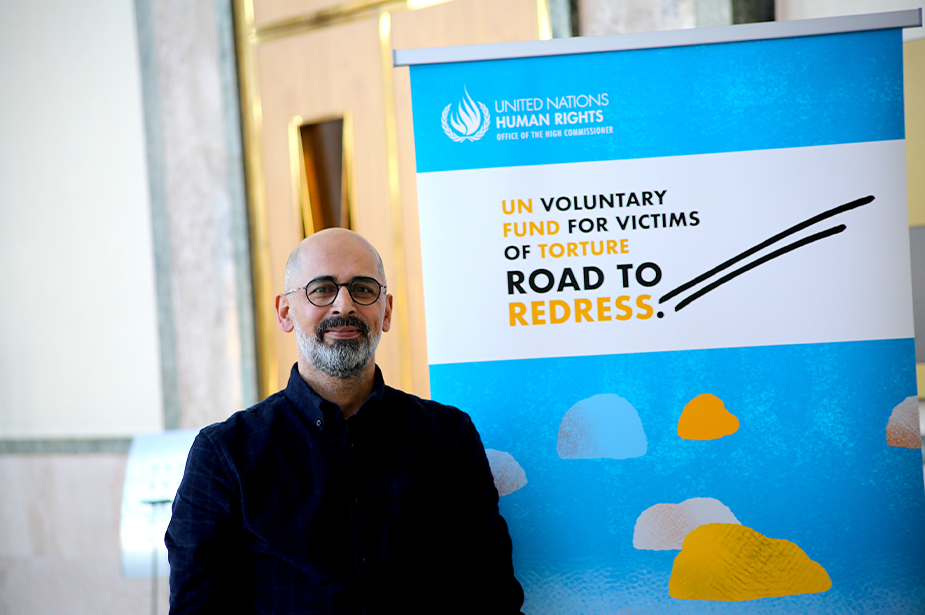
Riyad Avlar, a torture survivor, performs theatre as therapy and to raise awareness on human rights. ©OHCHR/Philippe Liondjo
“Healing and rehabilitation are very important for survivors of torture to help them return to the community,” said Avlar, who also learned how to play the saz – a traditional Turkish string instrument – as therapy. “Without healing, a torture survivor can be staring inside himself or herself and won’t be able to make good decisions in life.”
Thanks to the support of the Fund, the Association of Detainees and Missing Persons in Sednaya Prison (ADMSP) in Türkiye he cofounded was able to expand its Family Centre and provide physiotherapy and psychotherapy services for torture survivors. Avlar said the Fund’s assistance has allowed many survivors feel like they were born again.
“I saw women who were sexually tortured and after therapy they became pregnant again. I saw an artist who stopped drawing after the war damaged her university and became able to draw again. I saw a man who was just released from prison after long-term detention like me, but is now integrated with the community and empowered.”
“
Torture makes you feel so little, so powerless. It is very important to bring back dignity.
“
PORNPEN KHONGKACHONKIET, DIRECTOR OF THE CROSS CULTURAL FOUNDATION IN THAILAND.
For Pornpen Khongkachonkiet, director of the Cross Cultural Foundation in Thailand, bringing back the dignity of torture survivors is essential for a holistic rehabilitation.
“After being released, survivors are left with almost no human dignity. We always encourage the family to participate and give survivors love and care, so eventually they can look in the eyes of people again,” she said.
Based in Bangkok, the Cross Cultural Foundation works on justice and the protection of human rights in Thailand, with a focus on the conflict in the deep south between armed groups demanding self-determination and the Thai State. Over the last decades, the group has documented cases of torture, ill treatment and enforced disappearances of civilians and human rights defenders from the Patani Malay community committed by State authorities.
One of the group’s initiatives is body-mapping art therapy, in which survivors and families draw themselves next to symbols showing where they feel pain. “The heart is where pain resonates the most,” one survivor wrote next to a rendering of herself with a red cross over her heart. “We hope that one day we will enjoy the same freedom as the birds,” wrote another survivor in a bright green and blue drawing. “The trees in the past were abundant, unlike me now,” showed another drawing.
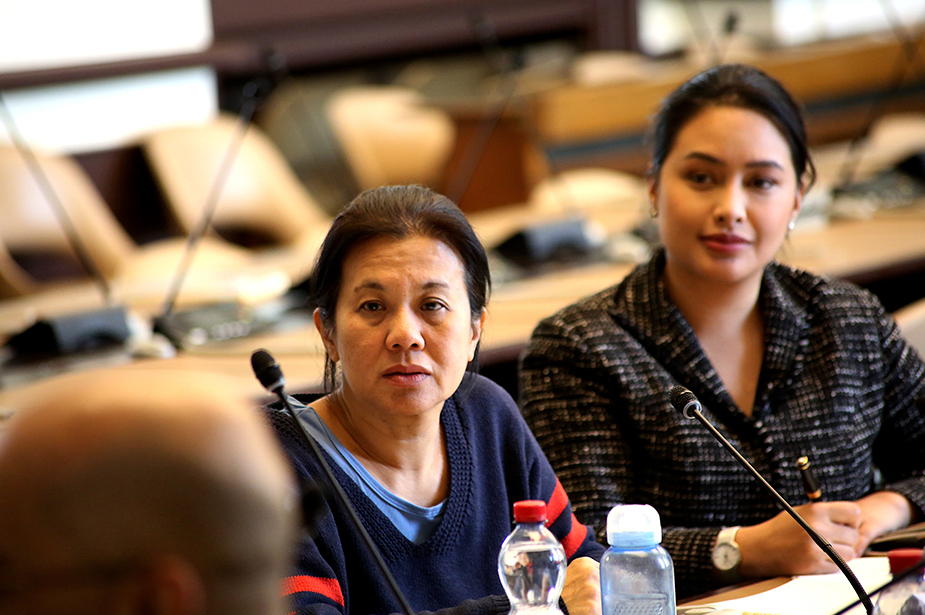
“The mental effects of torture on survivors and on their families and communities are not always visible and may gradually emerge over time,” said Pornpen Khongkachonkiet (centre in the image). ©OHCHR/Philippe Liondjo
Khongkachonkiet said the backing of the Fund has been instrumental in training paralegals in the local Patani Malay dialect and in prioritizing mental rehabilitation services for survivors with a gender perspective. It has also enabled the Cross Cultural Foundation to collaborate with clinical psychologists to improve therapeutic interventions with torture survivors in southern Thailand, bridging a critical language and ethnic gap and helping build trust between physicians and patients.
Invisible scars
Besides providing adequate psychological services, justice is also key for a full rehabilitation, Khongkachonkiet said.
“It is very important to bring back the rule of law both in the court and in the human rights settings so that torture survivors can receive redress, rehabilitation and justice,” she said.
Angela Ospina Rincón, from Colombia’s Psychosocial Care Center (CAPS), addressed the situation of hundreds of survivors, many of them young people, who suffered life-changing injuries such as loss of eyesight, for peacefully protesting. Torture victims are often human rights defenders, particularly in countries in conflict. People who defend human rights and fight for a better life and a fairer country are the people most likely to become victims of torture, said Ospina Rincón, who has more than 20 years’ experience working in peacebuilding and psychosocial care, with a focus on torture survivors.
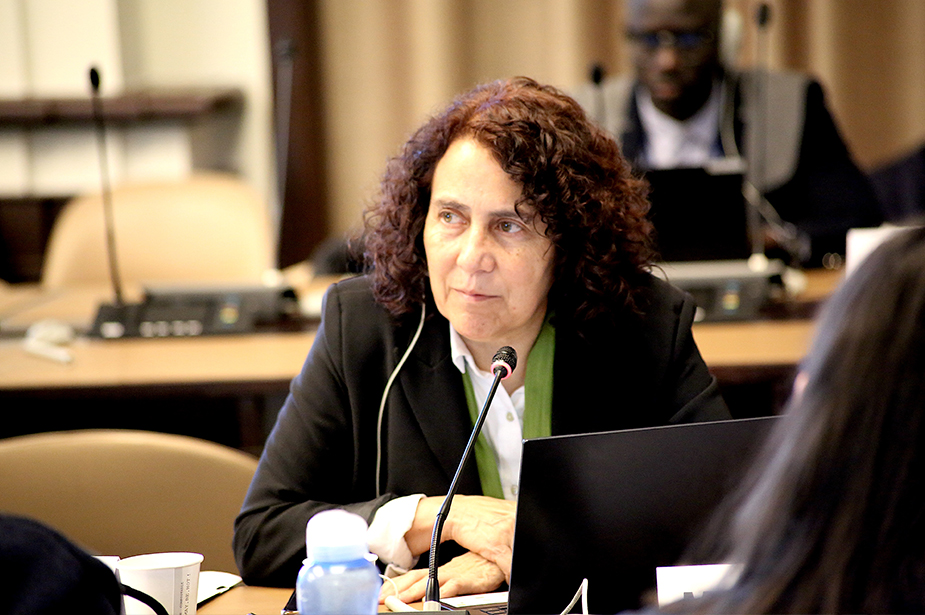
“Torture seeks to diminish a person at all levels so that this person cannot participate in the community or continue to be a leader,” said Ospina Rincón. ©OHCHR/Philippe Liondjo
“With the Fund’s assistance, we have managed to help many survivors recover their life projects, resume their role as community leaders, rebuild their families, and become active citizens again,” said Ospina Rincón, adding it was important to involve survivors of torture in the planning and design of mental health services.
More funding needed
Dr. Vladimir Jović, chairman of the Board of Trustees, said the Fund supports over 50,000 survivors every year, awarding annual grants to civil society organizations in over 90 countries, but urged donors to keep assisting the Fund, which works by channelling voluntary contributions.
Every year, the Fund must turn down dozens of applications for lack of resources, Jović said. Due to a $3.4 million funding gap in donations last year, the Fund was unable to support projects that would have assisted 12,000 more torture survivors worldwide in 2024.
Khongkachonkiet echoed calls for more support, saying the Fund has empowered survivor-led organizations like hers to engage with communities and also granted them recognition and legitimacy before States.
“Authorities need to understand that torture is not working and that we need to end torture.”
